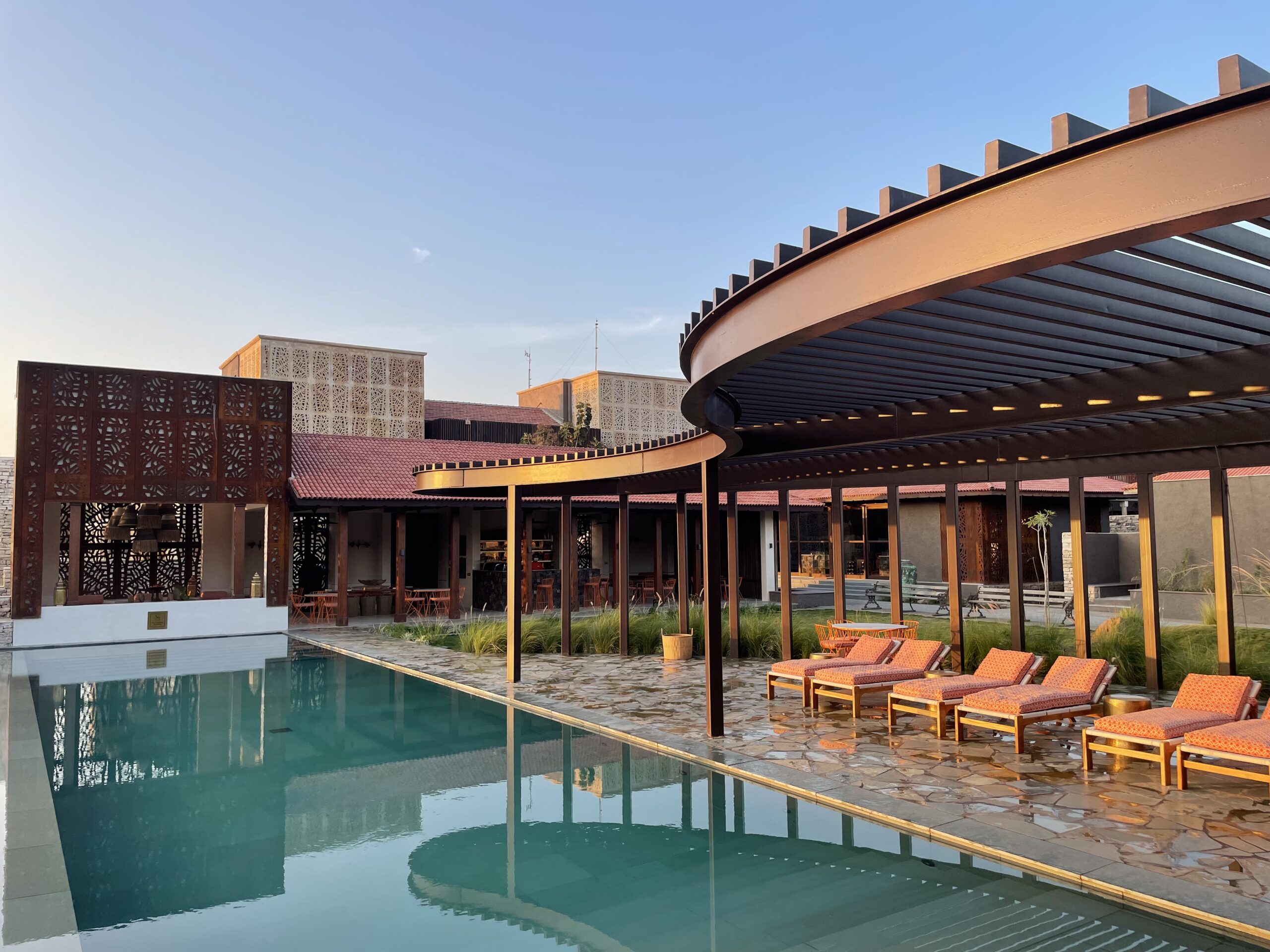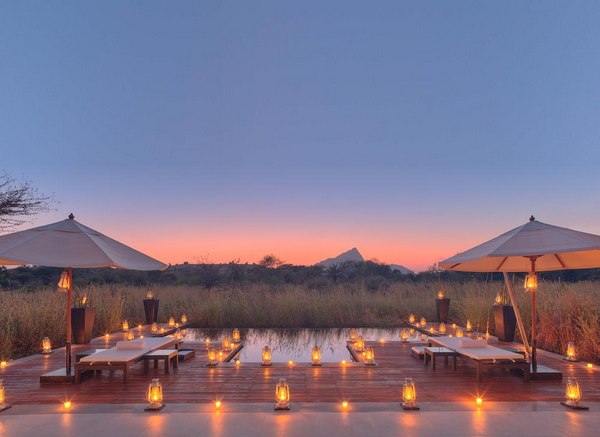Your Journey
A journey that takes us deep inside Western India, an area known for its spectacular landscapes. The two states Gujarat and Rajasthan are dominated by the Thar Desert along with enchanting dry deciduous forests, shrubland, vast savanna grasslands and endless saltpans. A huge variety of wildlife live here including three of the four Big Cats found in the country – the Asiatic Lion, Bengal Tiger and the Indian Leopard. Interestingly we also have the opportunity to see four different kinds of canids – Indian wolf, striped hyena, Bengal fox and the jackal. There are other mammals too such as the Asiatic wildass, blackbuck, spotted deer, sambhar deer and many more. Western India is also a very important destination on the Central Asian flyway, thus thousands of migratory birds congregate in the waterbodies making it an absolute goldmine for birders. The arid saltpans are dotted with lakes that are breeding grounds for flamingos, cranes and pelicans. A large number of raptors are found here including harriers, vultures and many kinds of falcons and eagles.
Through this trip we visit three unique protected areas in Gujarat – Gir National Park, Blackbuck Wildlife Sanctuary (Velavadar) and the Wildass wildlife sanctuary (Little Rann of Kutch). Hereafter we visit Jawai Conservation Reserve and Ranthambhore Tiger Reserve in Rajasthan. All of these wildscapes interspersed with vibrant local communities, beautiful rural countrysides and extraordinary cuisine.
On this trip, we travel through coconut farms and paddy fields, plantations of coffee, tea and cardamom and finally to the rocky peaks where the people survive on subsistence farming coupled with forest produce. We explore avenues of nature, conservation, people and lifestyles thrown in with elements of true adventure making for an in depth understanding of this vast wilderness.



















